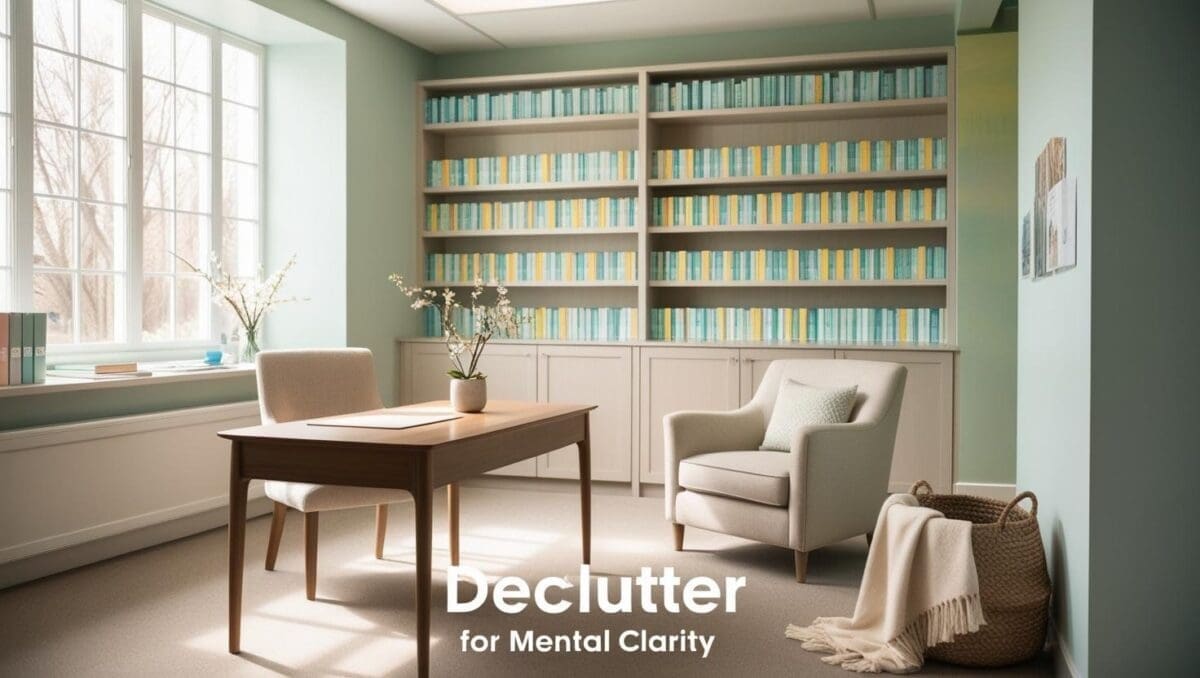Emotional regulation is one of the most important skills children and teens can learn in therapy. For many clients, it’s not just about “calming down” — it’s about recognizing emotions, understanding triggers, and developing healthier responses.
As a counselor, having the right therapy tools for emotional regulation makes sessions more engaging and effective. Here’s a guide to practical tools you can use with kids and teens in your office.
1. Feelings Thermometer
How it works:
- A simple visual scale (1–10) helps children rate their emotions.
- Kids point to where they are before and after calming strategies.
Why it works: Provides a concrete way to measure emotional intensity.
Tool Tip: Print thermometers in fun themes (ice cream scoops, rockets, ladders).
2. Breathing Tools
Examples:
- Pinwheels to practice slow exhaling.
- Bubbles for deep belly breaths.
- Breathing boards with shapes (triangle, star) to guide pacing.
Why it works: Turns abstract breathing exercises into playful, memorable experiences.
3. Calm Down Jars and Glitter Bottles
How it works:
- Kids shake the jar, then watch glitter settle while breathing slowly.
Why it works: Visualizes how emotions rise and settle, reinforcing patience.
Tool Tip: Keep a few jars in different colors for choice and novelty.
4. Mindfulness Cards and Decks
How it works:
- Cards provide short mindfulness prompts (e.g., “Name 3 things you can hear right now”).
- Use at session openings or closings.
Why it works: Builds consistency and variety in mindfulness practice.
5. Fidgets and Sensory Tools
Examples:
- Stress balls, therapy putty, textured stones.
- Weighted lap pads for grounding.
Why it works: Physical input calms the nervous system and redirects restless energy.
6. Journals and Reflection Worksheets
How it works:
- Teens write about moments they lost control, then identify what they could try next time.
- Younger kids use prompts like “Today I felt ___ when ___.”
Why it works: Strengthens self-awareness while practicing alternative strategies.
7. Regulation Zones or Color-Coded Charts
How it works:
- Kids place themselves in “zones” like Green (calm), Yellow (upset), Red (angry).
- Practice strategies to return to green.
Why it works: Creates a shared language for emotions in therapy sessions.
Final Thoughts
Therapy tools for emotional regulation don’t have to be complicated. From breathing pinwheels to glitter jars and reflection worksheets, the key is making regulation strategies concrete, engaging, and age-appropriate.
With consistent practice, these tools give children and teens the confidence to manage big feelings both inside and outside the therapy office.

About the Author
Hi, I’m Eve, a former school counselor with a master’s degree in School Psychology and a passionate advocate for children and families navigating sensory challenges. As a mom of children with sensory sensitivities, I deeply understand the journey special-needs parents face, and I dedicate myself to researching and sharing practical solutions to help children thrive and feel comfortable in their bodies. My goal is also to empower counselors, therapists, and psychologists with creative strategies and supportive resources to enrich their everyday practice. When I’m not writing or exploring new therapeutic approaches, you’ll find me spending quality time with my family and continually seeking inspiration from everyday moments.



